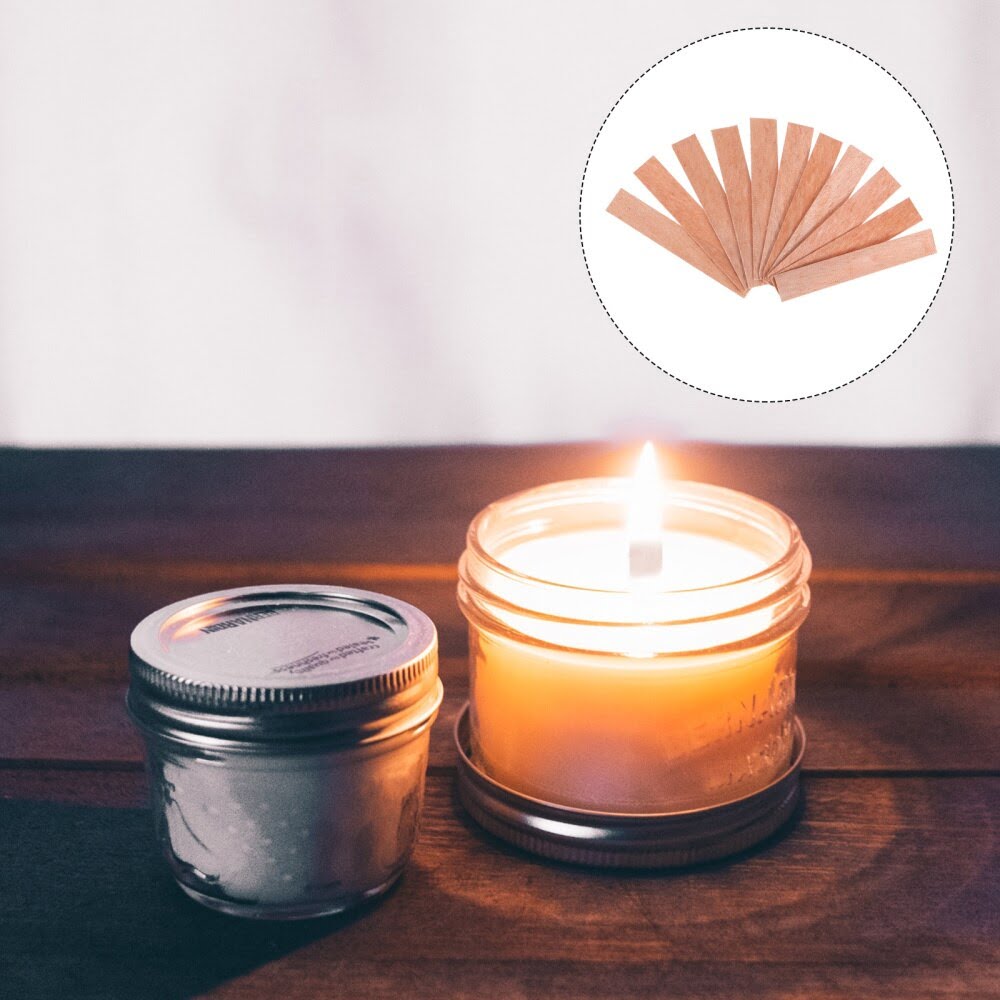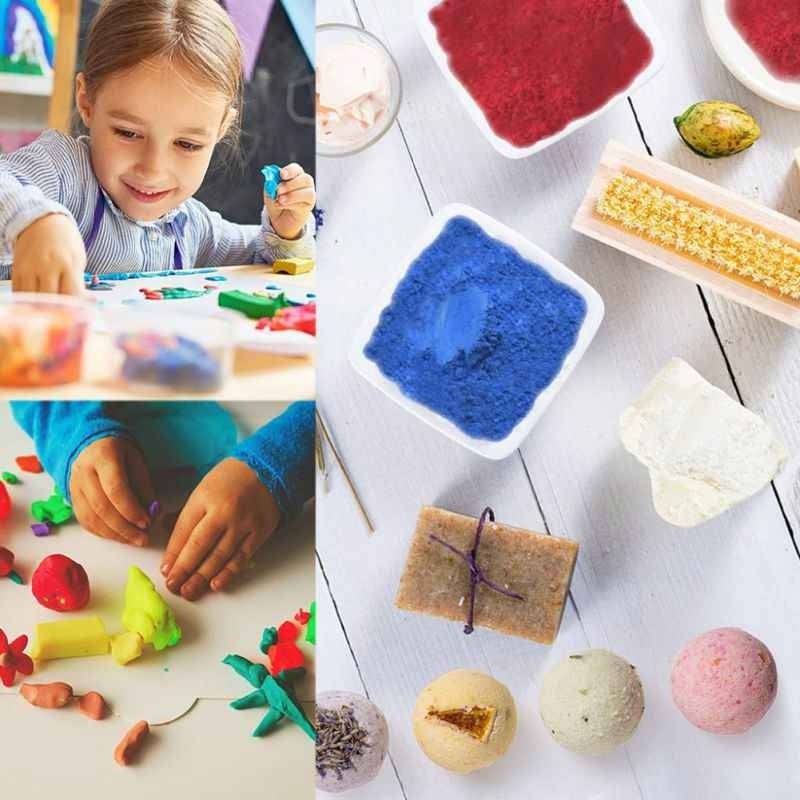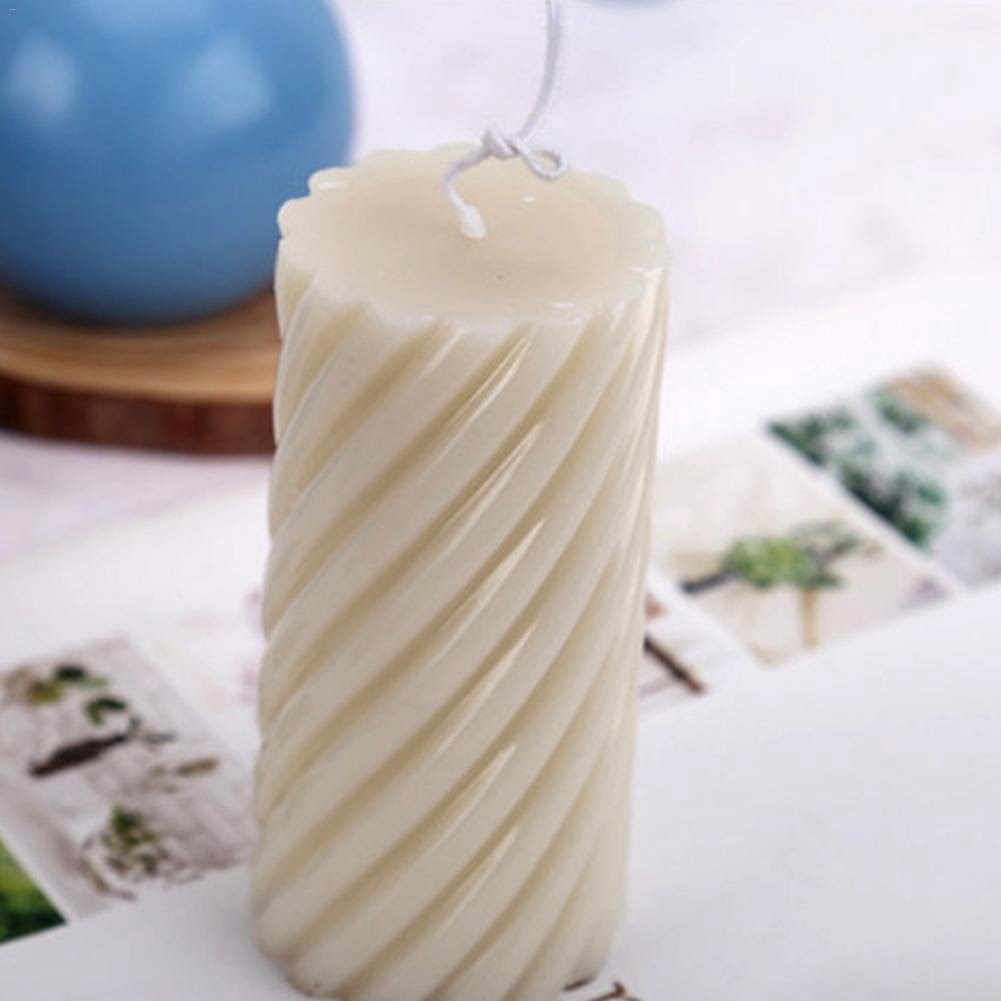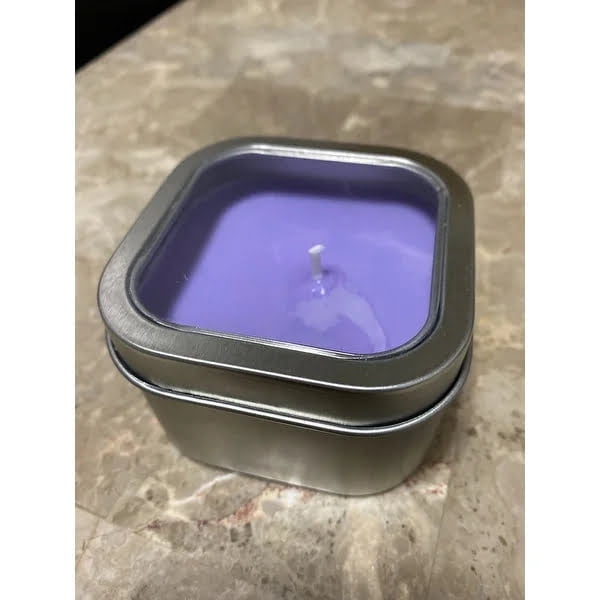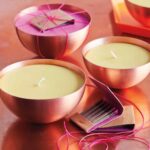Beeswax candle making has become increasingly popular among DIY enthusiasts and crafters. One of the most common questions that arises in this process is whether using block or pellets is better for beeswax candle making. Beeswax, a natural substance produced by honeybees, is known for its clean-burning properties and delightful honey aroma, making it an excellent choice for creating high-quality candles.
Beeswax has been used for candle making for centuries due to its numerous benefits. Not only does it produce a bright and steady flame, but it also emits negative ions that can purify the air. However, when it comes to choosing between beeswax blocks and pellets for candle making, there are some important factors to consider.
Beeswax blocks and pellets each have their own set of pros and cons when it comes to candle making. Understanding the differences between the two can help you determine which option is best suited for your specific needs and preferences. In the following sections, we will explore the advantages and disadvantages of using both beeswax blocks and pellets for candle making, as well as provide tips on how to effectively use each form of beeswax in your projects.
Benefits of Using Beeswax for Candle Making
Beeswax is often considered the best type of wax for making candles, and for good reason. It is a natural and renewable resource, as well as a sustainable option for candle making. Beeswax candles are known for their long burn time and clean-burning properties, emitting little to no soot when lit. The sweet, natural honey scent of beeswax candles also adds to their appeal, making them popular among consumers looking for eco-friendly and aromatic options.
In addition to its environmental benefits, beeswax is also known for its health benefits when used in candle making. Unlike paraffin wax, which is derived from petroleum and can release potentially harmful chemicals when burned, beeswax is non-toxic and hypoallergenic. This makes it a great choice for individuals with allergies or sensitivities to artificial fragrances.
One common question that arises when considering beeswax candle making is whether to use blocks or pellets of beeswax. Each form of beeswax has its own unique characteristics, and the decision between using blocks or pellets ultimately depends on the specific needs and preferences of the candle maker. While both forms can produce high-quality candles, there are some differences to consider in terms of convenience, ease of use, and overall quality of the finished product.
| Benefits | Description |
|---|---|
| Natural & Renewable | Beeswax is a sustainable option for candle making |
| Clean-Burning & Aromatic | Beeswax candles have a long burn time and emit a sweet honey scent |
| Non-Toxic & Hypoallergenic | Beeswax does not release harmful chemicals when burned, suitable for individuals with sensitivities |
Differences Between Beeswax Blocks and Pellets
When it comes to beeswax candle making, one of the first decisions you’ll need to make is whether to use beeswax blocks or pellets. While both options have their advantages, there are key differences between the two that can impact your candle making process.
Beeswax blocks are typically larger in size and can be more time-consuming to melt down compared to pellets. However, some candle makers prefer working with blocks because they can easily measure out the exact amount of wax needed for their candles. On the other hand, beeswax pellets are small, uniform in size, and melt much quicker than blocks. This makes them a convenient option for those who want a faster and more efficient candle making process.
One of the main considerations when choosing between beeswax blocks and pellets is the ease of use. Beeswax pellets are generally regarded as easier to work with due to their quick melting time and consistent size, but some candle makers argue that the quality of the final product may differ depending on which option is chosen.
In terms of cost, beeswax blocks may be more economical for larger-scale production, while pellets could be a better choice for small-batch candle making projects.
| Beeswax Blocks | Beeswax Pellets |
|---|---|
| Larger in size | Small and uniform in size |
| Time-consuming to melt down | Melt much quicker than blocks |
| Easier measurement of specific quantities | Quick melting time and consistent size make them easier to work with |
Pros and Cons of Using Beeswax Blocks for Candle Making
Beeswax blocks and pellets are both popular choices for making beeswax candles, each with its own set of advantages and disadvantages. When it comes to using beeswax blocks for candle making, there are several pros and cons to consider.
One of the main benefits of using beeswax blocks is that they are available in large quantities, making them a cost-effective option for those who produce candles in bulk. Additionally, beeswax blocks are easy to measure and cut into smaller portions, allowing for greater control over the amount of wax used in each candle. This can be especially useful for those who prefer to customize the size and shape of their candles.
On the other hand, one drawback of using beeswax blocks is that they can be more time-consuming to melt compared to pellets. The larger surface area of the block means that it may take longer to achieve a smooth and consistent liquid state, especially when working with larger quantities of wax. Additionally, some beginners may find working with blocks more challenging due to the need for precise measurements and cutting.
Another potential downside is that beeswax blocks may contain impurities or debris from the hive, which can affect the quality and appearance of the final candle. It is important to carefully inspect and filter the melted wax before pouring it into molds to ensure a clean and polished finish. Considering these factors can help individuals determine if using beeswax blocks is better suited for their specific candle-making needs.
Pros and Cons of Using Beeswax Pellets for Candle Making
Beeswax pellets are commonly used in candle making due to their convenience and ease of use. They offer several advantages over traditional beeswax blocks, but also come with some drawbacks that need to be considered.
Pros of Using Beeswax Pellets
One of the main advantages of using beeswax pellets is their ease of measurement and melting. The small, uniform size of the pellets makes it easy to measure out the exact amount needed for a recipe, resulting in less waste. Additionally, pellets melt quickly and evenly, which can save time during the candle making process.
Another benefit of using beeswax pellets is their ability to absorb and hold fragrance oils and color dyes more effectively than blocks. This results in a more consistent scent and color throughout the finished candle, providing a better overall end product for consumers.
Cons of Using Beeswax Pellets
While beeswax pellets offer convenience, they are often more expensive than buying beeswax in block form. The added cost is due to the additional processing required to create the pellets, as well as the packaging necessary to keep them separated and easy to measure.
Some artisans also argue that using beeswax in pellet form removes some of the natural characteristics of the wax, such as its unique aroma and texture. This may result in candles that do not have the same rustic charm or authenticity that comes from using traditional beeswax blocks.
Ultimately, whether beeswax pellets or blocks are better for candle making depends on individual preferences and needs. Both options have their own set of pros and cons, so it’s important for artisans to consider these factors before choosing which form is best for their specific projects.
Which Is Better for Beeswax Candle Making?
Beeswax candle making is a popular and enjoyable hobby for many people. The process of creating candles from beeswax can be both relaxing and rewarding, and the end result is a beautiful, natural product that is perfect for lighting up any room. When it comes to choosing the best form of beeswax for candle making, there are two main options to consider: blocks and pellets.
Beeswax blocks and pellets each have their own unique characteristics that make them suitable for candle making. Beeswax blocks are typically sold in solid, large chunks that need to be grated or chopped into smaller pieces before use. On the other hand, beeswax pellets are small, easy-to-measure nuggets that melt quickly and evenly. The decision between using blocks or pellets for beeswax candle making ultimately depends on personal preference and specific project requirements.
One of the key factors to consider when deciding between beeswax blocks and pellets for candle making is the convenience factor. Beeswax pellets are often preferred for their ease of use – they melt quickly and evenly, saving time during the candle-making process. However, some candle makers argue that using beeswax blocks allows for more control over the quality and purity of the wax used in each candle.
Additionally, some people enjoy the process of grating or chopping beeswax blocks as part of their candle-making ritual. Ultimately, whether one chooses blocks or pellets for beeswax candle making depends on individual preferences and priorities.
When it comes to determining which form of beeswax is better for candle making, there is no clear-cut answer. Both blocks and pellets have their own unique advantages and disadvantages. It ultimately depends on what works best for each individual’s unique needs, preferences, and desired outcomes when creating beautiful candles from natural beeswax.
Tips for Using Beeswax Blocks for Candle Making
When using beeswax blocks for candle making, it is important to properly prepare and handle the material to ensure the best results. First, it is recommended to chop or grate the beeswax into smaller pieces before melting.
This will help the wax melt more evenly and quickly, ensuring a smoother finished product. Additionally, using a double boiler or a water bath method is ideal for melting beeswax blocks, as direct heat can cause the wax to overheat and potentially become discolored.
Another tip for using beeswax blocks for candle making is to add any desired fragrance or color additives at the correct temperature. It is important to monitor the temperature of the melted beeswax carefully, as adding fragrance oils or dyes at too high of a temperature can cause them to evaporate or burn off, affecting the quality of the final candle.
It is recommended to add these additives when the wax reaches around 160-180°F (71-82°C) for best results.
Finally, when pouring the melted beeswax into molds or containers, it is important to do so slowly and steadily to prevent air bubbles from forming. Allowing the wax to cool and harden at room temperature (around 60-70°F/15-21°C) will also help minimize imperfections in the finished candles. By following these tips, crafters can achieve beautiful and high-quality candles using beeswax blocks.
Tips for Using Beeswax Pellets for Candle Making
Beeswax pellets are a convenient option for those who want to make their own candles. They are small, easy to measure, and melt quickly, making the candle-making process more efficient. When using beeswax pellets for candle making, there are a few tips to keep in mind to ensure the best results.
First, it is important to use high-quality beeswax pellets to ensure that the finished candles have a nice scent and burn evenly. Low-quality beeswax can result in candles that do not burn as well and may produce a less desirable odor when lit. Look for pure beeswax pellets from a reputable supplier to ensure the best quality for your candles.
Another tip for using beeswax pellets is to consider adding essential oils or fragrance oils to the melted wax before pouring it into your candle molds. This can help customize the scent of your candles and add an extra layer of ambiance to the room when they are burned. Just be sure to follow recommended guidelines for how much fragrance oil or essential oil to add based on the amount of wax being used.
Finally, when working with beeswax pellets, it is important to monitor the temperature closely while melting them. Beeswax has a higher melting point than other types of wax, so it is crucial not to overheat it. Using a double boiler or a dedicated wax melter can help regulate the temperature and prevent overheating, which could affect the quality of your finished candles. By following these tips, you can make beautiful and fragrant beeswax candles using pellets with confidence.
Conclusion
Beeswax is a popular choice for candle making due to its natural and sweet aroma, as well as its clean-burning properties. Whether you choose beeswax blocks or pellets can impact your candle-making process and the overall quality of your candles.
Benefits of Using Beeswax Blocks for Candle Making
Beeswax blocks offer a traditional way of working with beeswax for candle making. The larger size of the blocks may be more convenient for individuals who are making large quantities of candles at once. Additionally, some crafters prefer the process of working with solid beeswax, finding it to be more tactile and satisfying.
Benefits of Using Beeswax Pellets for Candle Making
On the other hand, beeswax pellets are favored by many candle makers for their ease of use. The small, uniform size of the pellets allows for quick and easy measuring, melting, and pouring. This can be especially beneficial for those who are new to candle making or those who prefer a streamlined and efficient process.
Ultimately, the decision between beeswax blocks and pellets depends on your personal preferences, experience level, and specific needs for your candle making projects. Both options have their own pros and cons that should be considered before making a choice about which is better for beeswax candle making.
Additional Resources for Beeswax Candle Making Materials
In conclusion, when it comes to choosing between beeswax blocks and pellets for candle making, both options have their own set of pros and cons. Beeswax blocks are favored for their versatility and traditional appeal, while beeswax pellets are preferred for their ease of use and quicker melting times. Ultimately, the choice between blocks and pellets is dependent on personal preferences, specific project needs, and available resources.
It is important to consider the size and scale of your candle making projects when deciding whether to use blocks or pellets. For larger-scale production or more intricate designs, beeswax pellets may offer a more efficient solution. On the other hand, if you prioritize natural, unprocessed materials with minimal packaging, beeswax blocks may be the better option for you.
Regardless of whether you choose beeswax blocks or pellets for your candle making endeavors, it is essential to source high-quality materials from reputable suppliers. Additionally, consider experimenting with both forms of beeswax to determine which one best suits your individual crafting style and preferences. By understanding the pros and cons of each option, you can make an informed decision that will result in beautiful, sustainable beeswax candles.
Frequently Asked Questions
What Container Is Best for Beeswax Candles?
The best container for beeswax candles is one that is non-flammable and heat-resistant, such as glass, metal, or ceramic. It’s important to choose a container that can withstand the heat of the burning candle without cracking or breaking.
What Is the Best Beeswax for Candle Making?
When it comes to choosing the best beeswax for candle making, it’s important to look for high-quality, pure beeswax. Beeswax that is free from additives and has a natural yellow color is ideal for candle making. Look for reputable suppliers who can provide pure beeswax suitable for your needs.
How Long Does a Block of Beeswax Last?
The longevity of a block of beeswax depends on various factors such as the size of the block, how frequently it’s used, and the type of candles being made. Generally, a standard block of beeswax can last for multiple candle-making sessions if stored properly in a cool, dry place.
It’s also important to consider the quality of the beeswax and ensure it’s well-sealed when not in use to maintain its freshness and usability over time.

Welcome to my candle making blog! In this blog, I will be sharing my tips and tricks for making candles. I will also be sharing some of my favorite recipes.

